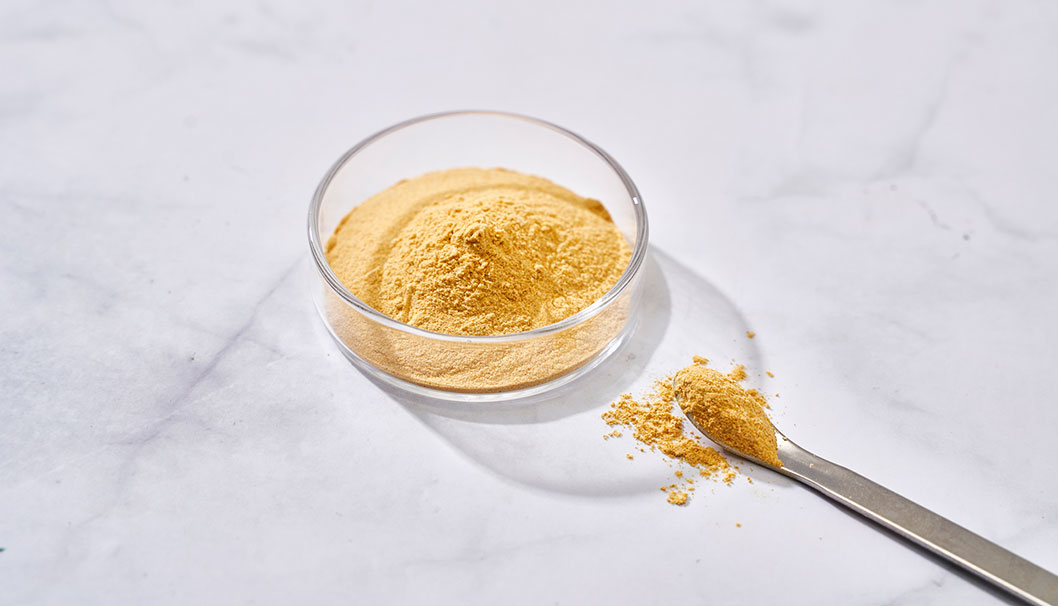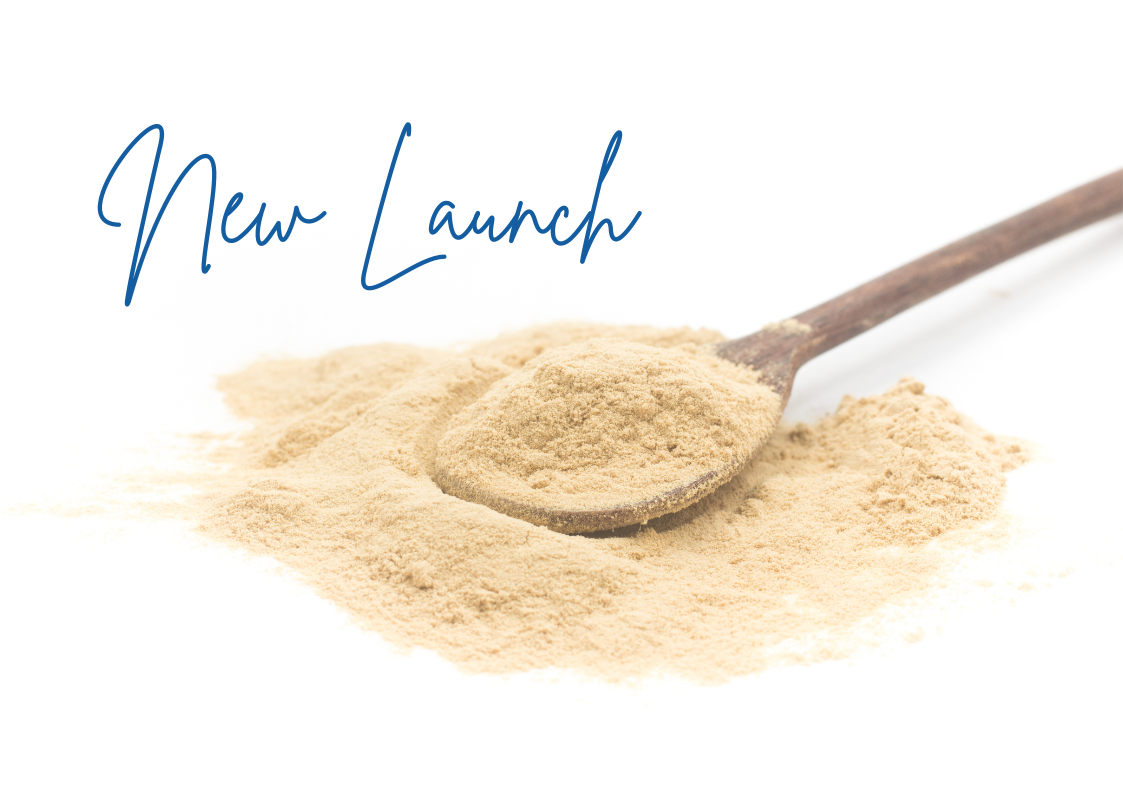Exploring the Global Potential of Japanese Algae: Nutrition, Health, and Market Applications
Recent years have seen a growing global interest in algae products, driven by increased health consciousness and the popularity of natural foods. Renowned for their rich nutritional profiles and bioactive compounds, algae have long played a significant role in Japanese cuisine and are now garnering attention across Asia, the Americas, and beyond. From food to health supplements and even beauty products, algae applications continue to expand, becoming a vital resource for cross-industry innovation.
As a pioneer in algae utilization, Japan boasts abundant algae resources and a deep cultural heritage that integrates algae into healthy foods, premium supplements, and functional beauty products. Certain algae species, particularly those rich in dietary fiber, polysaccharides (such as Fucoidan), and antioxidant compounds, are celebrated for their anti-inflammatory, antioxidative, and immune-modulating properties, making them highly sought after in international markets.
This article adopts a market-oriented perspective to explore eight common types of Japanese algae products: Nori (seaweed), Aonori (green laver), Kombu (kelp), Wakame (sea mustard), Hijiki (seaweed), Mozuku (seaweed), Mekabu (wakame stem), and Umibudou (sea grapes). It delves into the functional components and market value of each type, analyzing their applications in food, supplements, and cosmetics. This highlights how Japanese algae have successfully entered global markets and become essential to the modern health and wellness industries.
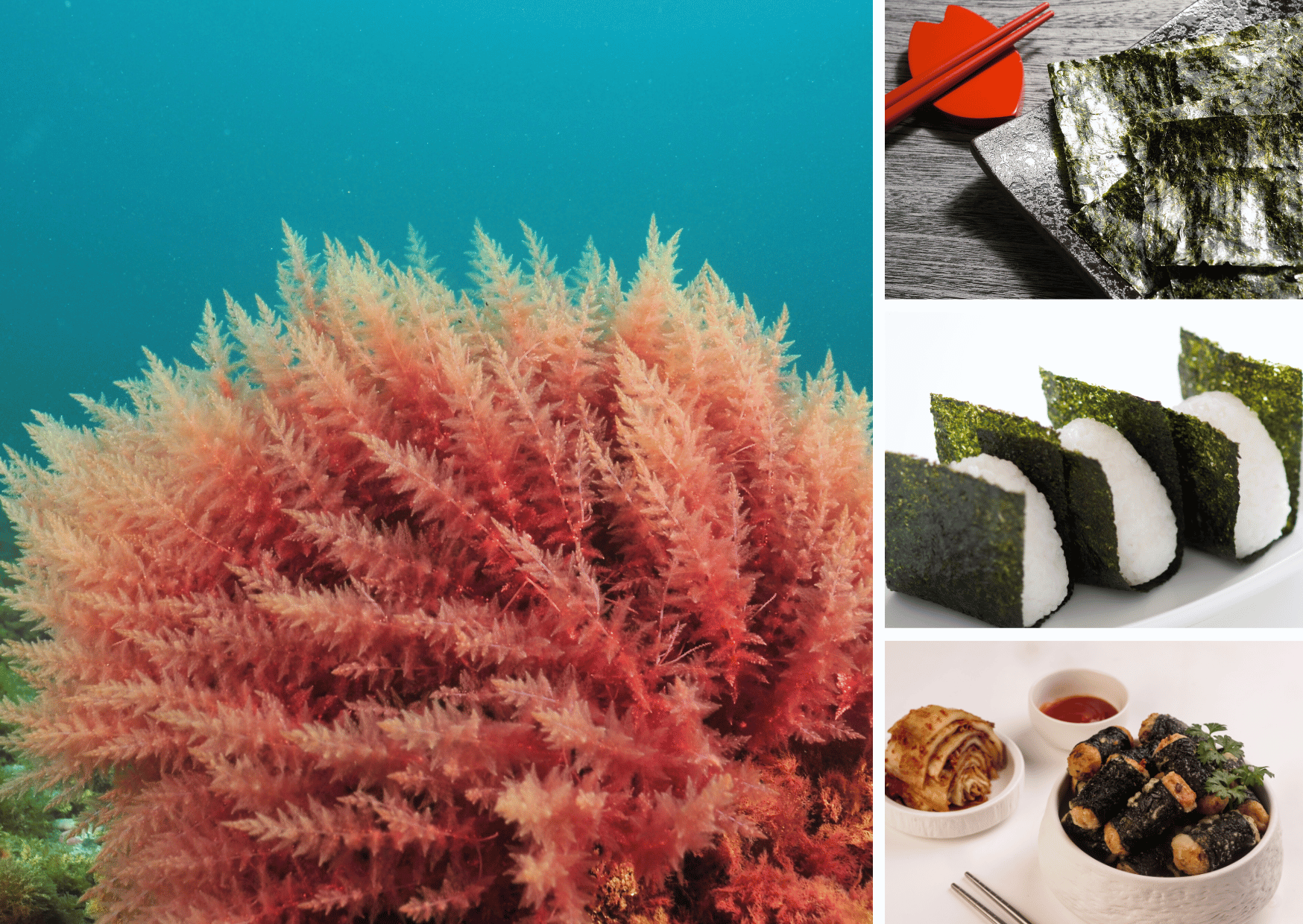
Source Algae: Derived from red algae (Porphyra, primarily Pyropia species).
Global Cultivation Areas:
- Asia: China, South Korea, and Japan are major producers, with Japan's Seto Inland Sea, Ariake Sea, and Sanriku region being key areas.
- Europe: Coastal countries like France are beginning small-scale cultivation for premium markets.
- North America: Limited production in coastal areas like California to supply Japanese cuisine markets.
Fucoidan Production: Nori contains sulfated polysaccharides such as Porphyran, which are distinct from Fucoidan, so it is not commonly used for Fucoidan extraction.
- High in vitamins A, C, and B12, as well as minerals like iron and iodine.
- Low in calories, making it suitable for healthy diets.
- Offers strong antioxidant properties that support immune health and gut function.
- Health Support: High in dietary fiber and antioxidants, promoting cardiovascular health and anti-aging.
- Food: Used in sushi wraps, seasoned sheets, and healthy snacks.
- Skincare: Added to moisturizing products like creams and serums, it provides antioxidant and moisturizing effects. Helps the skin defend against environmental stress and reduces free radical damage.

Source Algae: Derived from green algae (e.g., Enteromorpha or Ulva species).
Global Cultivation Areas:
- Asia: Thrives in shallow coastal areas or lagoons, such as Hamana Lake in Japan.
- Europe: Experimental cultivation in Mediterranean regions like Spain.
- North America: Found in countries like the Philippines and Indonesia.
Fucoidan Production: As a green algae, Aonori contains little Fucoidan and is not commonly used for extraction.
- Known for its fragrant aroma, commonly used as a seasoning (e.g., for takoyaki and yakisoba).
- Rich in chlorophyll and minerals, promoting metabolism and detoxification.
- Health Support: Potentially aids in removing free radicals and improving liver function.
- Food: Used in traditional Japanese snacks and dishes.
- Skincare: As a skin-purifying ingredient, it is used in masks or cleansing products to help remove impurities and brighten the complexion. It frequently appears in beauty products that emphasize "pure and natural" qualities.
- Environmental Uses: Explored for water purification and biofuel production.
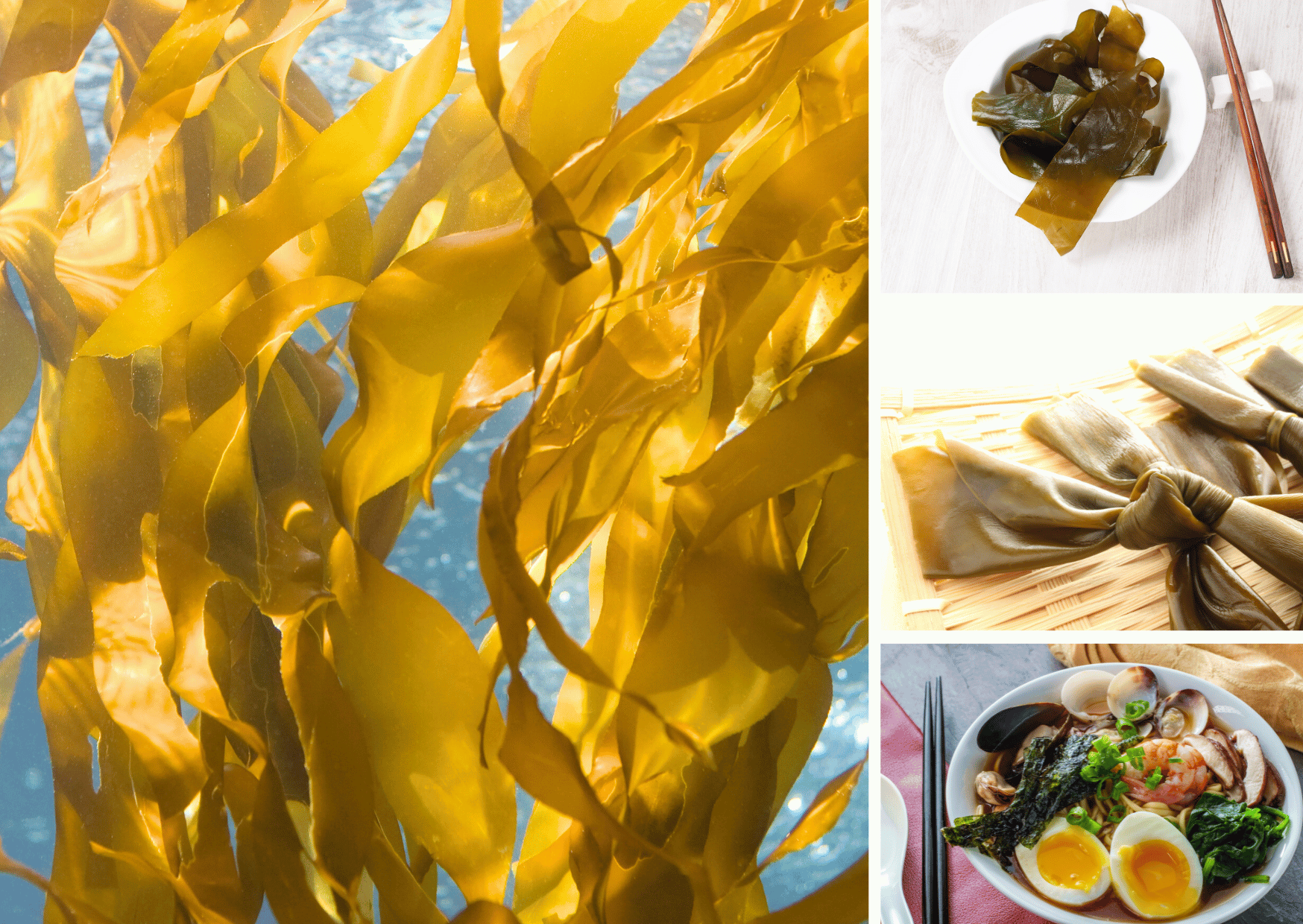
Source Algae: Derived from brown algae (primarily Laminaria and Saccharina species).
Global Cultivation Areas:
- Asia: Japan (notably Hokkaido, Aomori, and Iwate), China’s Shandong and Liaoning coasts, South Korea Haengung County.
- Europe: Coastal regions like Brittany in France.
- North America: Found in Pacific coasts of Canada and Alaska.
Fucoidan Production: Kombu contains high levels of Fucoidan, making it a primary extraction source.
- Rich in iodine, dietary fiber, and Fucoidan, supporting thyroid health and immunity.
- Naturally high in glutamic acid, essential for Japanese dashi broth.
- Health Support: Fucoidan capsules and drinks with anti-cancer and immune-boosting benefits.
- Food: Used in broths, pickles (e.g., salted kombu), and flavoring powders.
- Skincare: Moisturizing and anti-aging properties, commonly used in anti-wrinkle creams, serums, and moisturizing masks. Helps improve skin elasticity and reduce the appearance of fine lines.
- Biomaterials: Algal polysaccharides for thickeners, pharmaceutical gels, or eco-packaging.

Source Algae: Derived from brown algae (Undaria pinnatifida).
Global Cultivation Areas:
- Asia: Japan (Sanriku, Awaji Island in Hyogo Prefecture), South Korea, and China.
- Europe and Oceania: Emerging cultivation in France, Spain, Australia, and New Zealand.
Fucoidan Production: Wakame is another key source of Fucoidan.
- Low calorie, rich in dietary fiber, calcium, and magnesium for bone health.
- Fucoidan offers anti-cancer and anti-inflammatory potential.
- Health Support: Extracts for blood pressure reduction and metabolism improvement.
- Food: Miso soup, salads, and seaweed noodles.
- Skincare: Fucoidan used for moisturizing and anti-aging.

Source Algae: Derived from brown algae (Sargassum fusiforme).
Global Cultivation Areas:
- Asia: Predominantly Japan, along Kyushu and Shikoku coastlines.
- Other Regions: Mainly wild-harvested; limited global cultivation.
Fucoidan Production: Contains Fucoidan but is not a primary extraction source.
- Rich in iron and calcium, aiding in anemia prevention and bone health.
- High in fiber, supporting gut health.
- Health Support: Used for anemia and osteoporosis support.
- Food: Braised dishes with tofu or low-calorie recipes.
- Skincare: Used in anti-aging and antioxidant products to help reduce wrinkles and pigmentation. Fucoxanthin has been proven to promote collagen synthesis, helping to firm the skin.
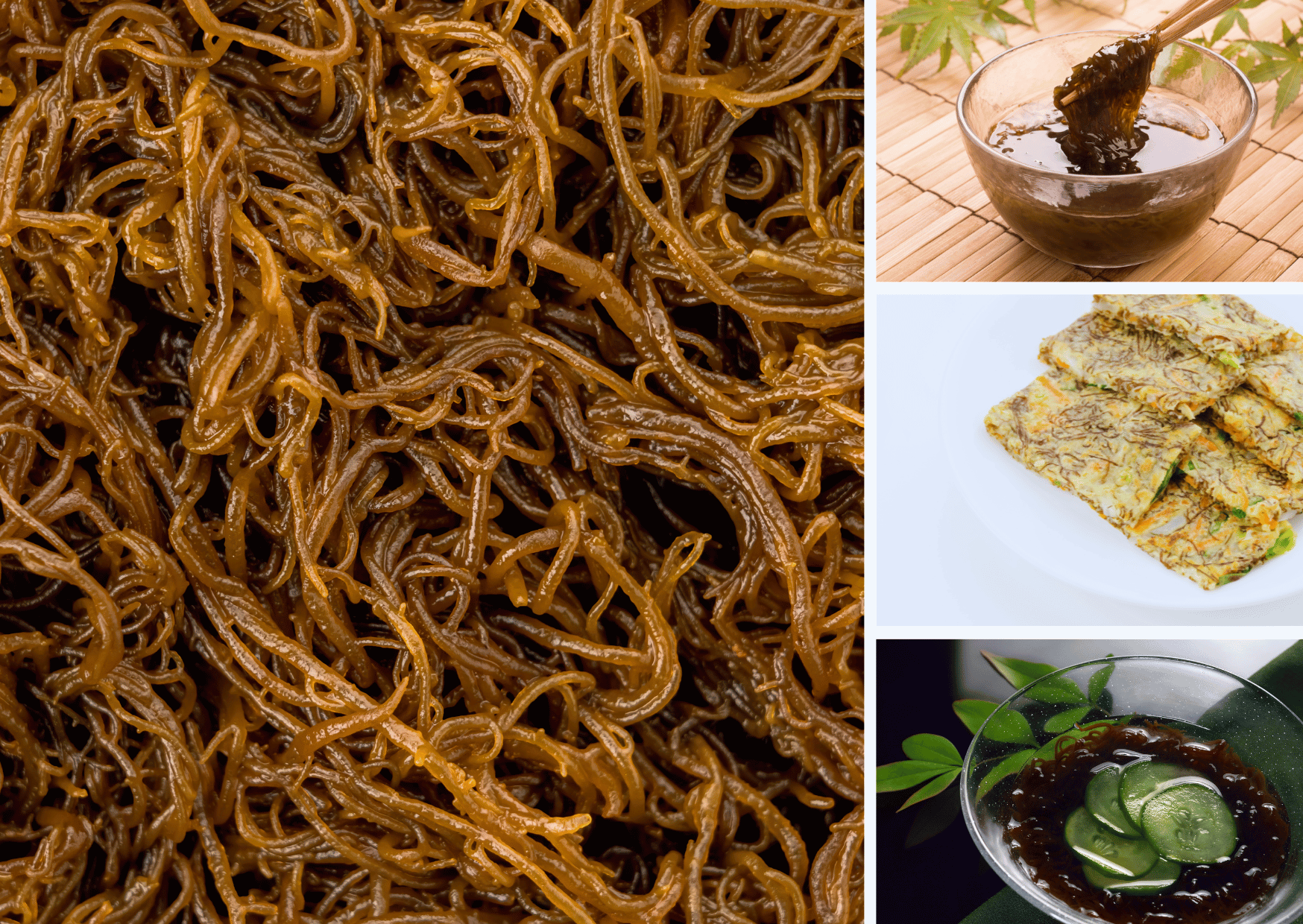
Source Algae: Derived from brown algae (Cladosiphon species).
Global Cultivation Areas:
- Asia: Primarily cultivated in Okinawa and Kagoshima, Japan.
Fucoidan Production: Mozuku is one of the richest sources of Fucoidan.
- High Fucoidan content with anti-cancer, anti-inflammatory, and immune-regulating properties.
- Health Support: Capsules, drinks, and cancer therapy adjuncts.
- Skincare: Anti-aging serums and moisturizers.
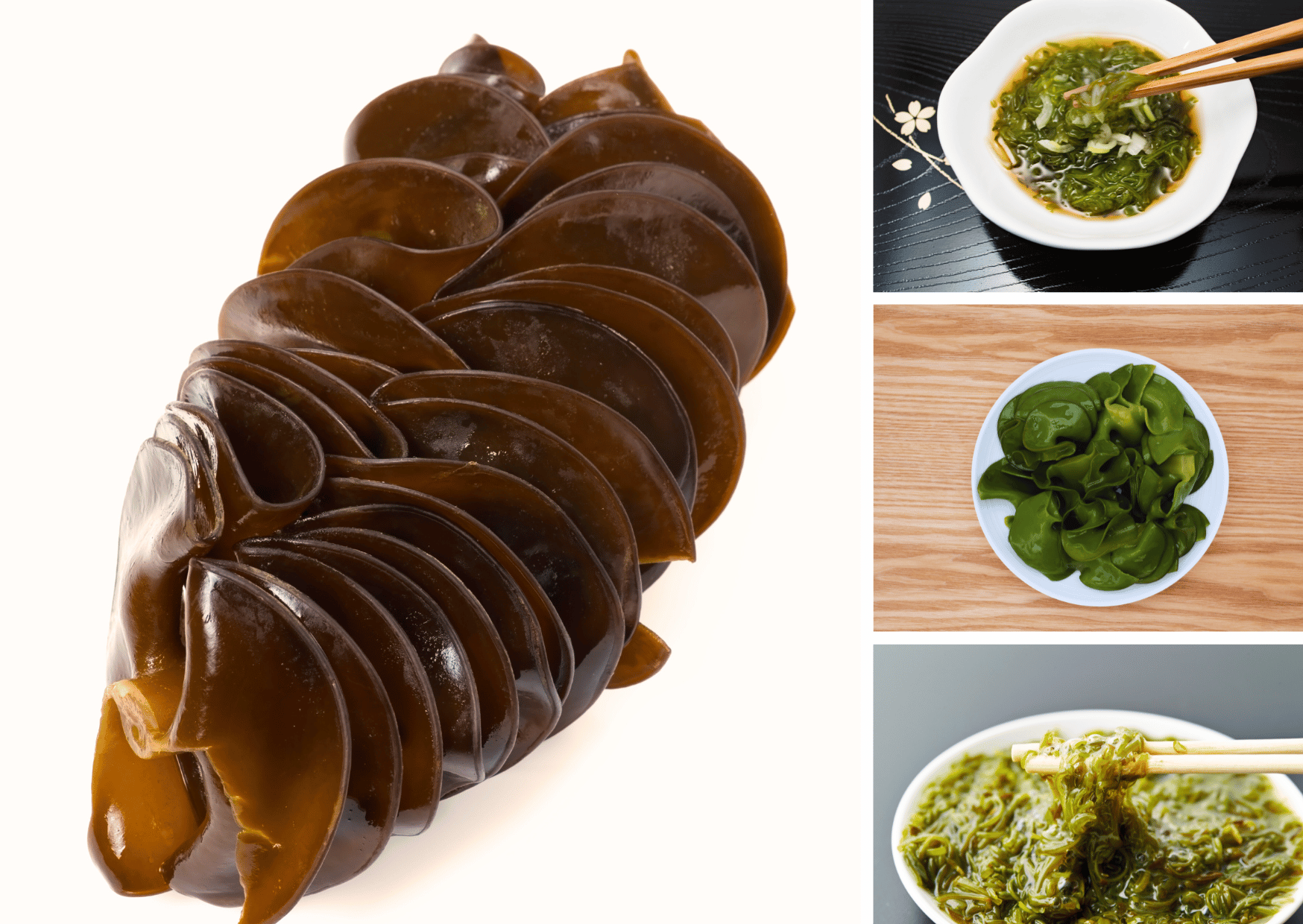
Source Algae: The root-like part of Wakame.
Global Cultivation Areas:
- Same regions as Wakame (Sanriku, Hyogo Prefecture).
Fucoidan Production: Another major Fucoidan source.
- Rich in mucopolysaccharides and Fucoidan for immune enhancement.
- Food: Soups and salads with a slippery texture aiding digestion.
- Skincare: Moisturizers with strong hydration properties.
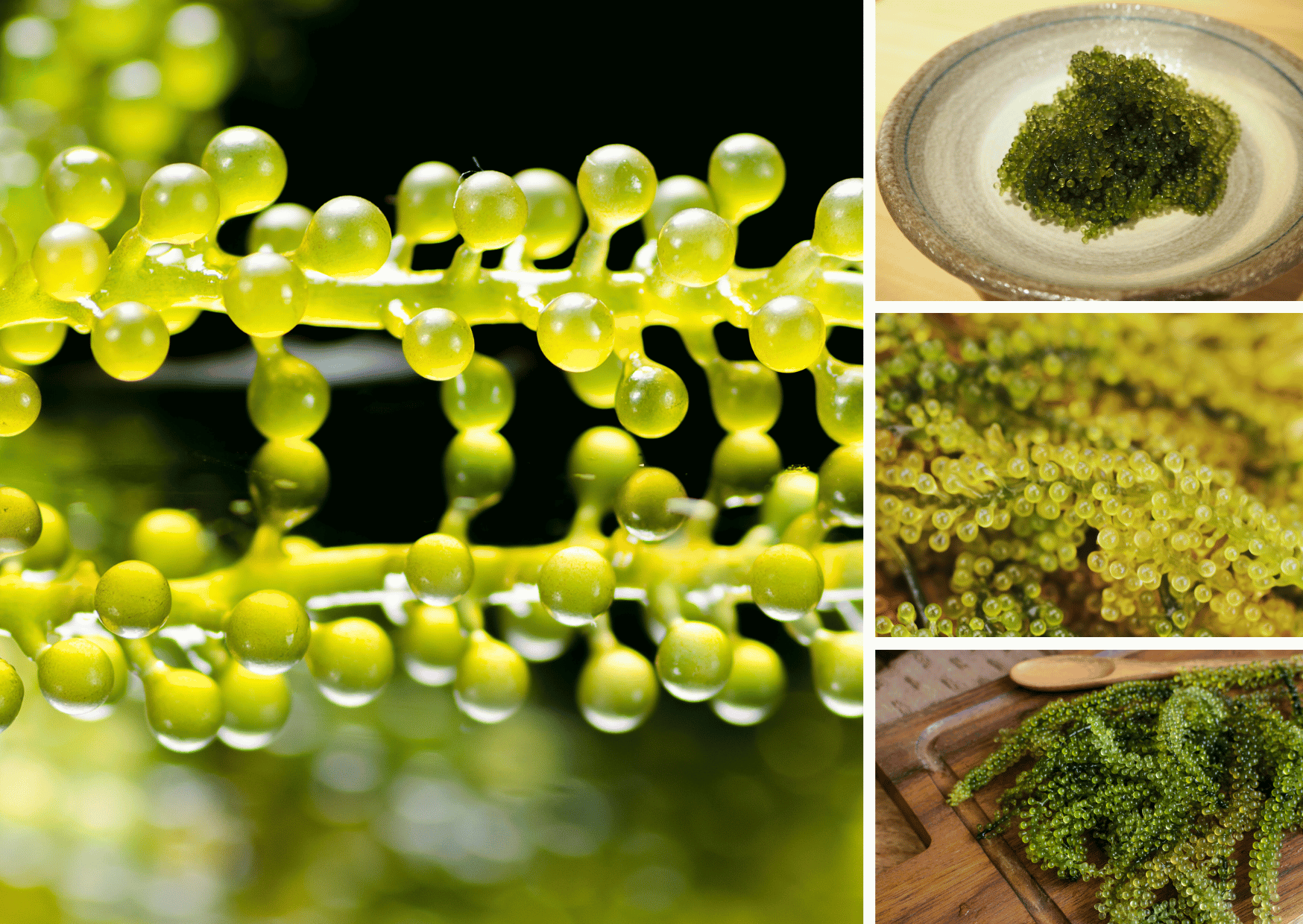
Source Algae: Derived from green algae (Caulerpa lentillifera).
Global Cultivation Areas:
- Asia: Okinawa, Philippines, and Vietnam; emerging in Fiji and Indonesia.
Fucoidan Production: Contains minimal Fucoidan, so rarely used for extraction.
- Known as “green caviar,” it’s rich in minerals and polyphenols, offering antioxidant benefits.
- Health Support: Antioxidants for wellness.
- Food: Popular in salads or as a luxurious appetizer.
- Skincare: Polyphenols for anti-aging formulations.
In conclusion, Japanese algae, with their rich nutritional profiles, functional bioactive compounds, and versatile applications, have successfully transcended cultural and geographical boundaries. From traditional culinary staples to cutting-edge health supplements and beauty innovations, such as OliFuco® fucoidan extract powder and FucoBalan® laminaria japonica fucoidan, these seaweeds demonstrate immense potential to meet the growing global demand for sustainable and natural solutions. As research continues to uncover new benefits and applications, Japanese algae are poised to play a pivotal role in shaping the future of the food, health, and beauty industries, serving as a bridge between tradition and modern wellness.



